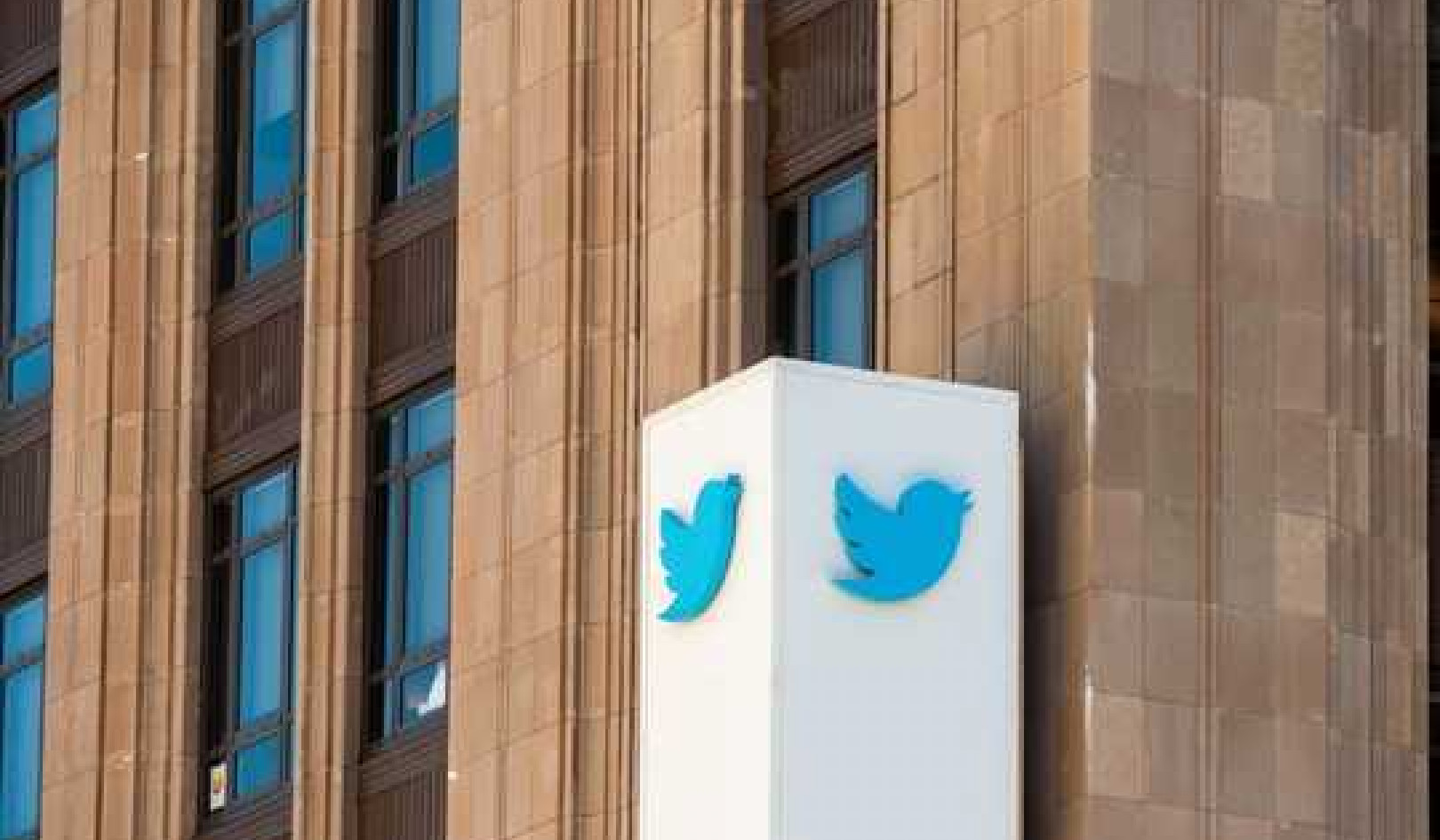
Headline inflation is cooling, too. Michael M. Santiago/Getty Images
That’s the message I took away from the latest inflation data, released May 15, 2024, which showed U.S. consumer prices rising 3.4% in the 12 months to April 2024. This is down slightly from the 3.5% year-over-year increase reported in March 2024.
In other words, while prices are rising, they’re not going up as sharply as they once were. That’s good news for shoppers; the U.S. economy is far from the 9.1% annual inflation seen in June 2022.
While energy and shelter prices increased in April, these gains were relatively modest. Meanwhile, food prices remained steady compared to last year and even declined by 0.2% compared to March. What’s more, people in the market for a car were in luck: New and used vehicle prices fell 0.4% and 6.9%, respectively, in April.
The “core” consumer price index — which doesn’t include volatile food and energy prices and is often considered better at predicting future inflation than so-called “headline” CPI figures — is also down slightly. After posting a year-over-year increase of 3.9% in January and 3.8% in February and March, it slowed to 3.6% in April.
So the overall report is relatively positive: It didn’t show the uptick in inflation that many consumers feared, and reported inflation rates were actually slightly lower than market expectations.
As an economist, I see this data report as yet more evidence that economic growth is slowing — in a good way. The economy grew at a lower-than-expected 1.6% rate in the first quarter of 2024, according to the most recent gross domestic product data from the Bureau of Economic Analysis. The most recent jobs report also showed a slowdown in hiring, and the latest data on job vacancies similarly showed the labor market cooling off.
Why the Fed is paying close attention
The Federal Reserve’s main objective is to strike a balance between two goals: maintaining stable employment and ensuring price stability. It does this by managing and influencing interest rates.
Lowering rates stimulates the economy, which encourages economic growth and job creation – but that can fuel inflation. Raising rates does the opposite: Economic growth slows, which dampens inflation, but also hinders employment.
So, when inflation started increasing dramatically after the COVID-19 pandemic, the Federal Reserve responded with a two-year campaign of rate hikes – they’re currently at a 23-year high. Since this raises the cost of borrowing, investors and potential homebuyers are keen for the Fed to dial back its rates.
After May’s report, I don’t believe the Federal Reserve will be in any rush to cut interest rates from their current elevated level. There’s a slowdown, to be sure, but the slowdown is so steady that it’s not pulling prices down in any rapid fashion.
This is no doubt frustrating for the Fed — which has an inflation target of 2% — as well as for potential homebuyers. But it’s evidence that the economy is stable at the moment. Inflation isn’t surging, and consumer spending, according to the Bureau of Economic Analysis, is still growing. In March, consumer spending increased 5.8% year over year, up from February’s 4.9% rate.
All eyes on the American shopper
Going forward, hopes for a “soft landing” — economist-speak for when the Fed slows inflation without triggering a recession — will depend in large measure on U.S. shoppers. Consumer spending makes up roughly two-thirds of U.S. gross domestic product.
If American shoppers suddenly stop spending, then inflation will slow considerably, job vacancies will evaporate, and gross domestic product could contract. At that point, the Fed will turn attention away from inflation and toward economic stimulus, and rates will fall.
I mention this because a recent report by the Federal Reserve Bank of St. Louis showed a troubling uptick in consumer credit card delinquency rates. If much of the recent increase in consumer spending is due to Americans relying more on credit cards, then the economy could be on shakier ground than it appears.
The good news is that delinquency rates are still way below where they were ahead of the Great Recession, which lasted from December 2007 through June 2009. So, while this data may be troubling, there’s no need to panic just yet.
In short, while inflation rates still aren’t to the Fed’s liking, the economy – for now – appears to be on a stable path.![]()
Christopher Decker, Professor of Economics, University of Nebraska Omaha
This article is republished from The Conversation under a Creative Commons license. Read the original article.
Recommended books:
Capital in the Twenty-First Century
by Thomas Piketty. (Translated by Arthur Goldhammer)
 In Capital in the Twenty-First Century, Thomas Piketty analyzes a unique collection of data from twenty countries, ranging as far back as the eighteenth century, to uncover key economic and social patterns. But economic trends are not acts of God. Political action has curbed dangerous inequalities in the past, says Thomas Piketty, and may do so again. A work of extraordinary ambition, originality, and rigor, Capital in the Twenty-First Century reorients our understanding of economic history and confronts us with sobering lessons for today. His findings will transform debate and set the agenda for the next generation of thought about wealth and inequality.
In Capital in the Twenty-First Century, Thomas Piketty analyzes a unique collection of data from twenty countries, ranging as far back as the eighteenth century, to uncover key economic and social patterns. But economic trends are not acts of God. Political action has curbed dangerous inequalities in the past, says Thomas Piketty, and may do so again. A work of extraordinary ambition, originality, and rigor, Capital in the Twenty-First Century reorients our understanding of economic history and confronts us with sobering lessons for today. His findings will transform debate and set the agenda for the next generation of thought about wealth and inequality.
Click here for more info and/or to order this book on Amazon.
Nature's Fortune: How Business and Society Thrive by Investing in Nature
by Mark R. Tercek and Jonathan S. Adams.
 What is nature worth? The answer to this question—which traditionally has been framed in environmental terms—is revolutionizing the way we do business. In Nature’s Fortune, Mark Tercek, CEO of The Nature Conservancy and former investment banker, and science writer Jonathan Adams argue that nature is not only the foundation of human well-being, but also the smartest commercial investment any business or government can make. The forests, floodplains, and oyster reefs often seen simply as raw materials or as obstacles to be cleared in the name of progress are, in fact as important to our future prosperity as technology or law or business innovation. Nature’s Fortune offers an essential guide to the world’s economic—and environmental—well-being.
What is nature worth? The answer to this question—which traditionally has been framed in environmental terms—is revolutionizing the way we do business. In Nature’s Fortune, Mark Tercek, CEO of The Nature Conservancy and former investment banker, and science writer Jonathan Adams argue that nature is not only the foundation of human well-being, but also the smartest commercial investment any business or government can make. The forests, floodplains, and oyster reefs often seen simply as raw materials or as obstacles to be cleared in the name of progress are, in fact as important to our future prosperity as technology or law or business innovation. Nature’s Fortune offers an essential guide to the world’s economic—and environmental—well-being.
Click here for more info and/or to order this book on Amazon.
Beyond Outrage: What has gone wrong with our economy and our democracy, and how to fix it -- by Robert B. Reich
 In this timely book, Robert B. Reich argues that nothing good happens in Washington unless citizens are energized and organized to make sure Washington acts in the public good. The first step is to see the big picture. Beyond Outrage connects the dots, showing why the increasing share of income and wealth going to the top has hobbled jobs and growth for everyone else, undermining our democracy; caused Americans to become increasingly cynical about public life; and turned many Americans against one another. He also explains why the proposals of the “regressive right” are dead wrong and provides a clear roadmap of what must be done instead. Here’s a plan for action for everyone who cares about the future of America.
In this timely book, Robert B. Reich argues that nothing good happens in Washington unless citizens are energized and organized to make sure Washington acts in the public good. The first step is to see the big picture. Beyond Outrage connects the dots, showing why the increasing share of income and wealth going to the top has hobbled jobs and growth for everyone else, undermining our democracy; caused Americans to become increasingly cynical about public life; and turned many Americans against one another. He also explains why the proposals of the “regressive right” are dead wrong and provides a clear roadmap of what must be done instead. Here’s a plan for action for everyone who cares about the future of America.
Click here for more info or to order this book on Amazon.
This Changes Everything: Occupy Wall Street and the 99% Movement
by Sarah van Gelder and staff of YES! Magazine.
 This Changes Everything shows how the Occupy movement is shifting the way people view themselves and the world, the kind of society they believe is possible, and their own involvement in creating a society that works for the 99% rather than just the 1%. Attempts to pigeonhole this decentralized, fast-evolving movement have led to confusion and misperception. In this volume, the editors of YES! Magazine bring together voices from inside and outside the protests to convey the issues, possibilities, and personalities associated with the Occupy Wall Street movement. This book features contributions from Naomi Klein, David Korten, Rebecca Solnit, Ralph Nader, and others, as well as Occupy activists who were there from the beginning.
This Changes Everything shows how the Occupy movement is shifting the way people view themselves and the world, the kind of society they believe is possible, and their own involvement in creating a society that works for the 99% rather than just the 1%. Attempts to pigeonhole this decentralized, fast-evolving movement have led to confusion and misperception. In this volume, the editors of YES! Magazine bring together voices from inside and outside the protests to convey the issues, possibilities, and personalities associated with the Occupy Wall Street movement. This book features contributions from Naomi Klein, David Korten, Rebecca Solnit, Ralph Nader, and others, as well as Occupy activists who were there from the beginning.
Click here for more info and/or to order this book on Amazon.


























